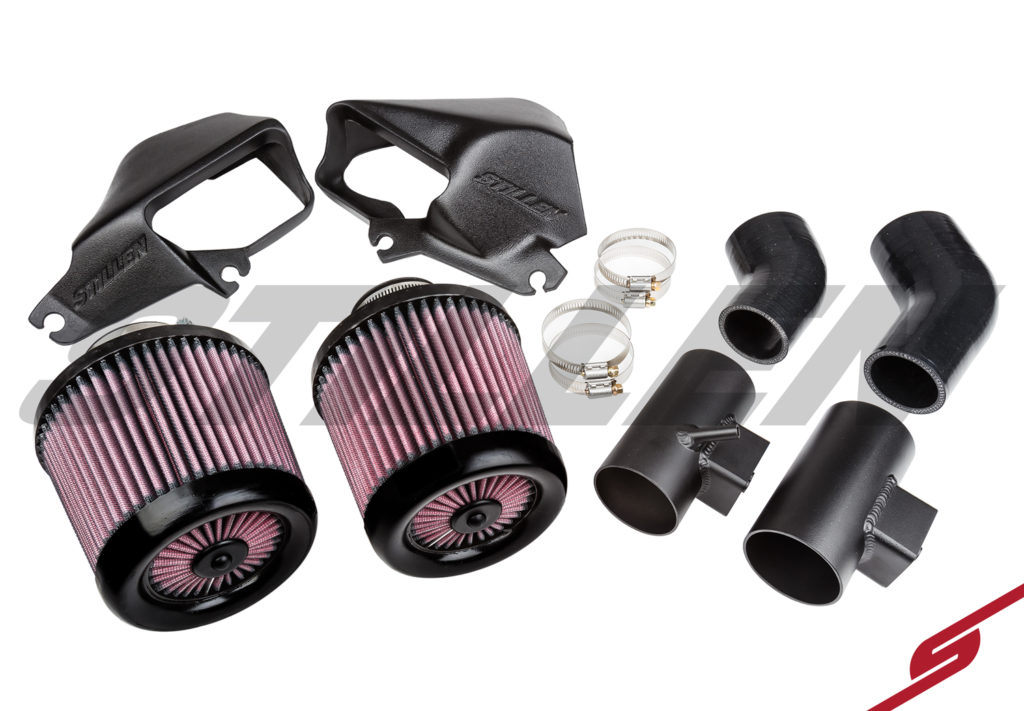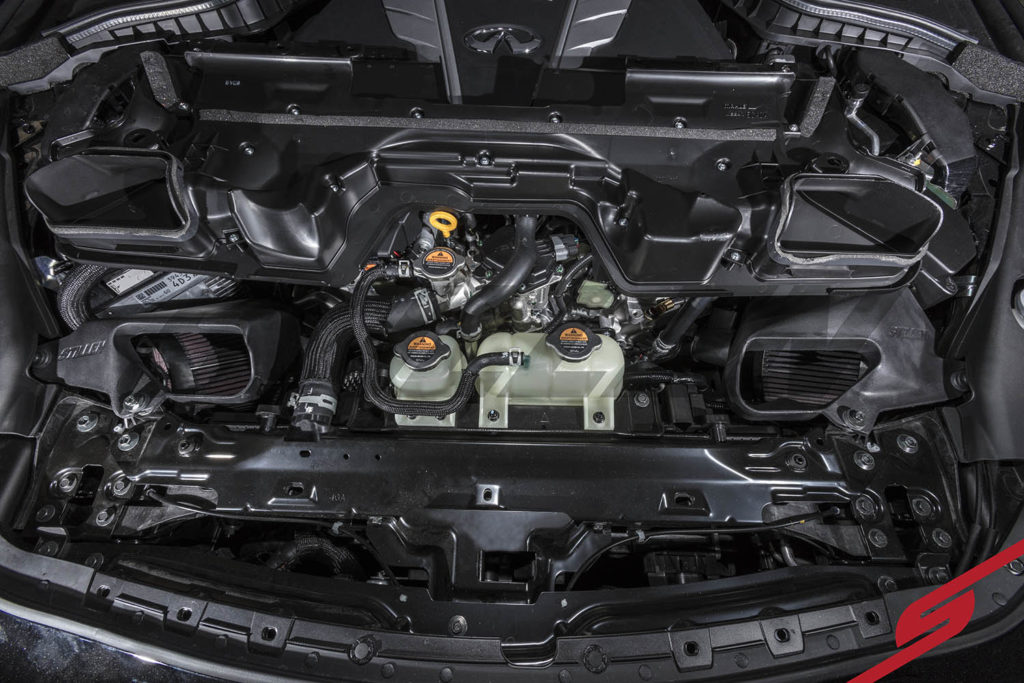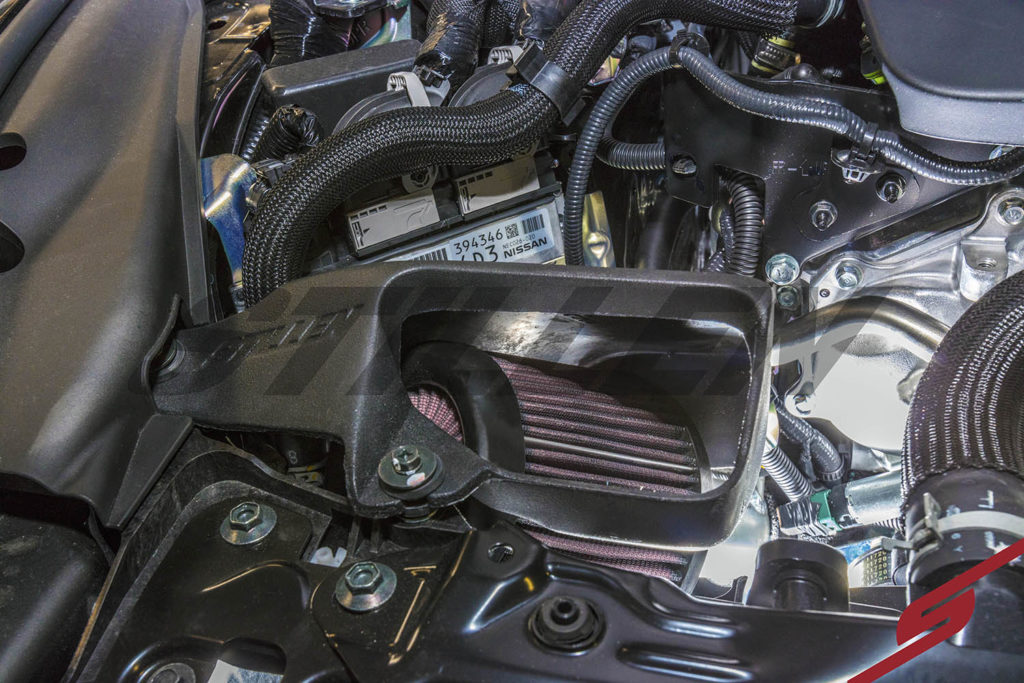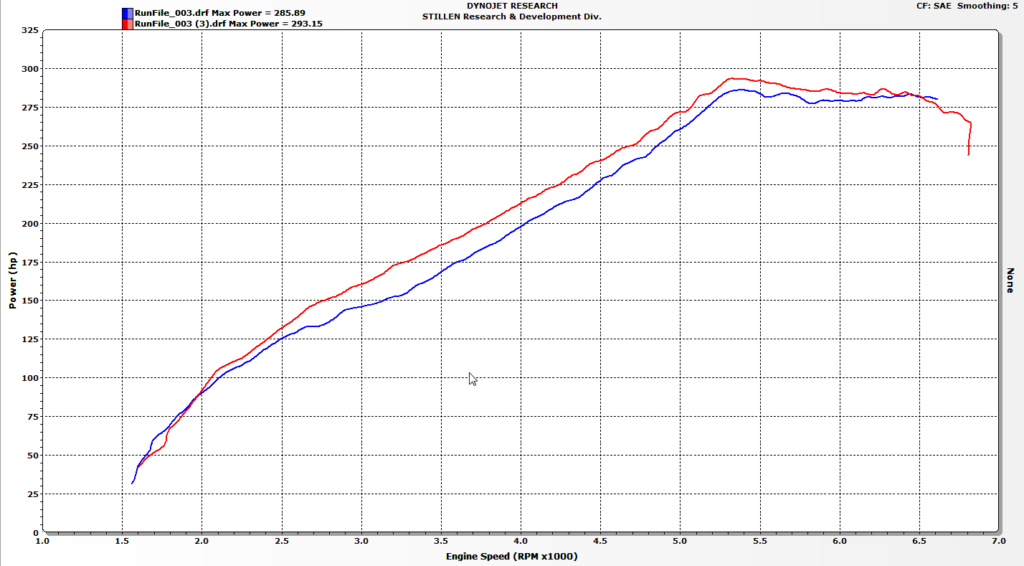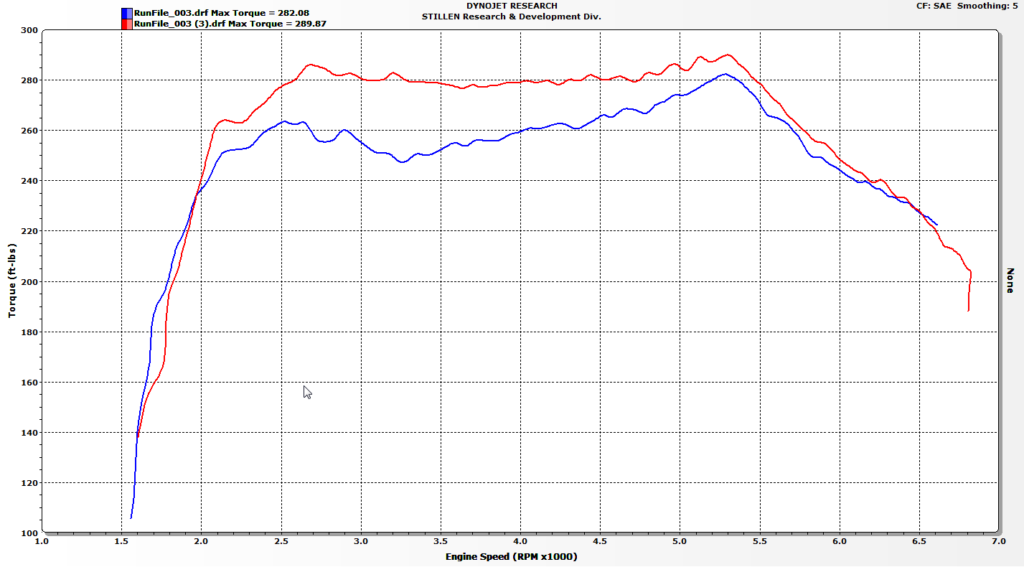STILLEN is excited to talk about one of the most popular parts that we’ve ever made, the Gen 3 Cold Air Intake for the Nissan and Infiniti platform.
Since 1986, STILLEN has been the leader in Nissan and Infiniti high performance tuning. In 2009 Nissan came out with the Nissan 370Z. It was a hit of a car with a 3.7 liter V6 engine. It’s a fantastic platform, one that STILLEN really enjoyed modifying.
STILLEN immediately went to work on an air intake system for the vehicle. It’s one of the things that we’re known for here at Stillen and one of the things that we really prioritize when it comes to product development.

So the first thing we did was we came up with a very popular setup that we used a lot on the 350Z. It’s called “Gen 2” a short ram intake, basically it was a polyurethane air shield, an air filter and a velocity tube inside the entire system. It was a very good part that worked well but it didn’t produce a lot of power. Overall the intake improved the sound and the performance of the vehicle.
However our engineering team was dedicated to finding a system that would make a big bang. So they went to work for more than a year and came up with 56 prototypes. When the team finalized the Gen 3 long tube dual cold air intake system for the Nissan 370Z, Infiniti G37 and G35 Sedan, and the Nissan 350Z HR all four of those applications have really been successful with this Gen 3.
What’s in the Box
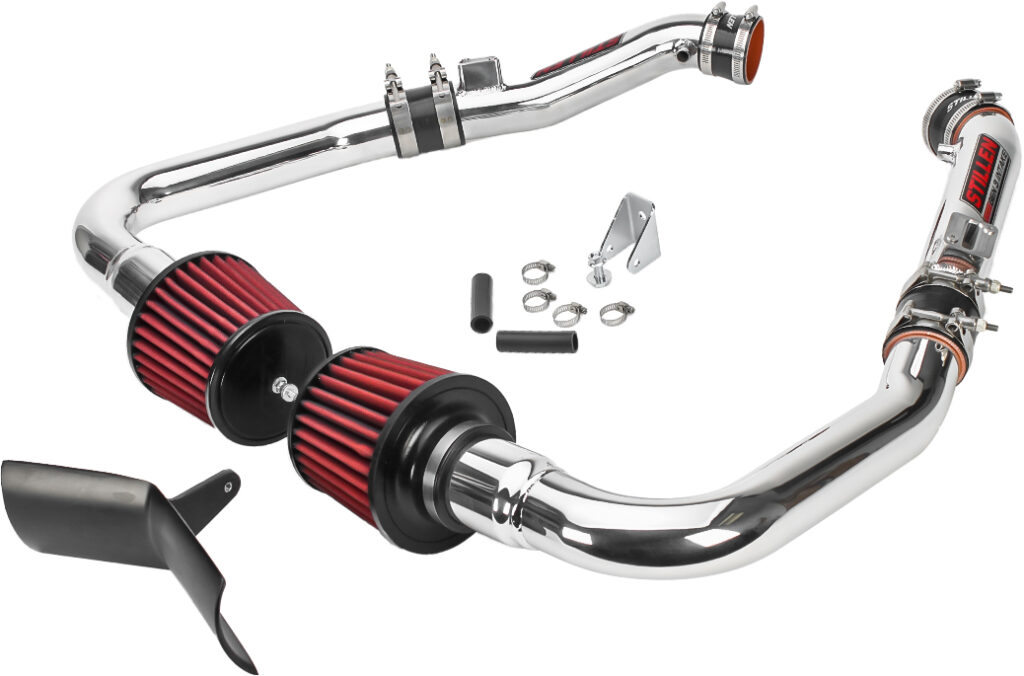
So you get the aluminum intake tubes, two air filters, mounting hardware and the STILLEN couplers. For the G37 and G35, you’ll receive a polyurethane air shield. The air shield deflect any water, debris or anything else that could damage the air filters.
The Best Intake in the Market
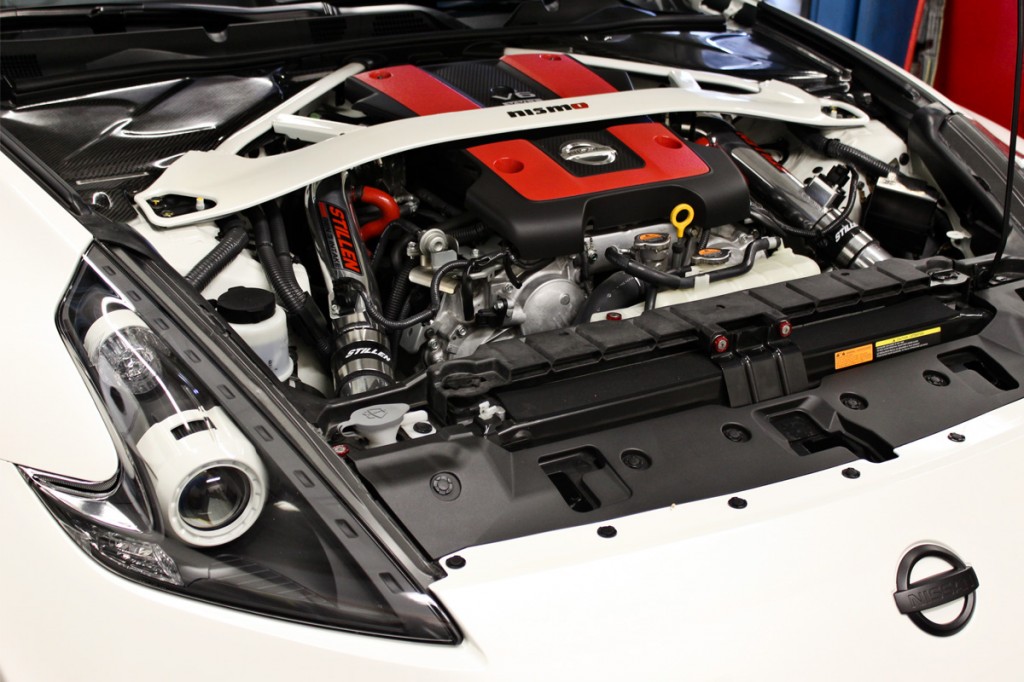
Now what makes the STILLEN Gen 3 the best cold air intake on the market? To start, STILLEN put more than a year of engineering and developing to make the Gen 3 Cold Air Intake. The intake has a 3″ inlet tube that next down into a 2.5″ inlet tube. The 2.5″ inlet tube leads all the way up to the throttle body. We have CNC machine billet aluminum mass airflow sensor bosses welded to aircraft quality 6061 T6 aluminum.
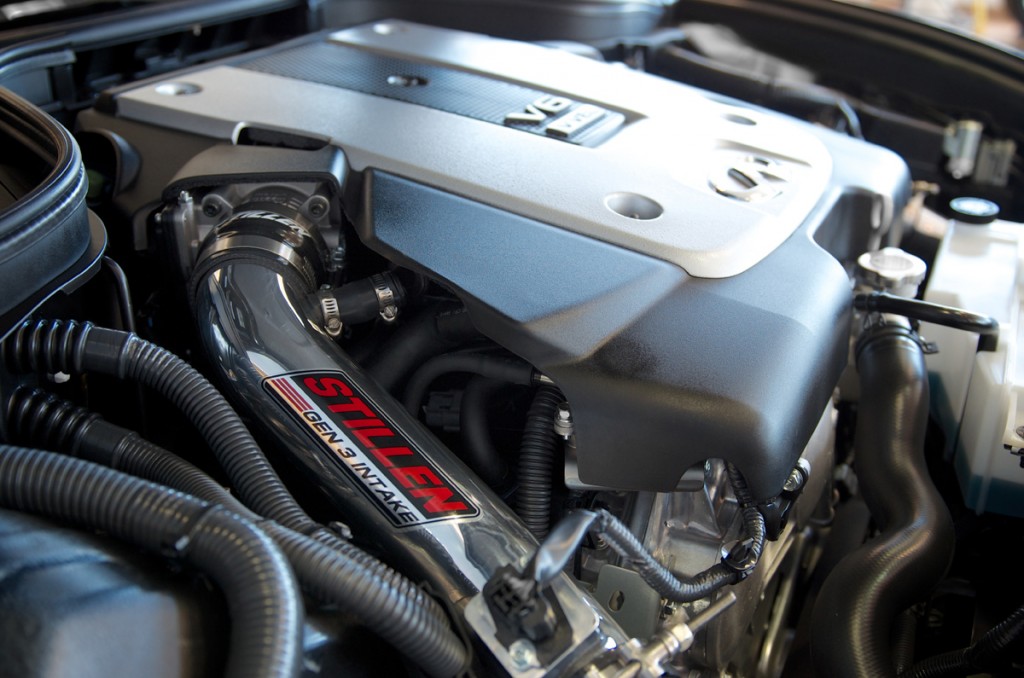
Some of the most popular questions that we’ve been getting lately are why did we go with aluminum and why did we go with a 2.5″ diameter tube. STILLEN’s team chose a 2.5″ diameter tube because that is the size that is closest to the factory mass airflow sensor. If we were to change that, you absolutely have to recalibrate the entire ECU. You would have to re-tune the car in order to get it to run the larger diameter tube and increasing the cost tremendously. You’re talking about a $700 tuning license and hours on the dyno. So a $500 to $700 air intake system at the absolute high end, now becomes a $1500 intake system.
We’ve had some customers tell us that they even needed new fuel injectors when running a higher tube diameter intake. Now with new fuel injectors, that has the potential to be a $3000 air intake system. For us at STILLEN, that was just not something that we felt was really necessary. The gains don’t really outweigh the cost when you’re talking about a slight increase in power over a 2.5″ that bolts right on. The Gen 3 Cold Air Intake doesn’t require any additional tuning so for those reasons we chose the 2.5″ diameter.
Pros and Cons
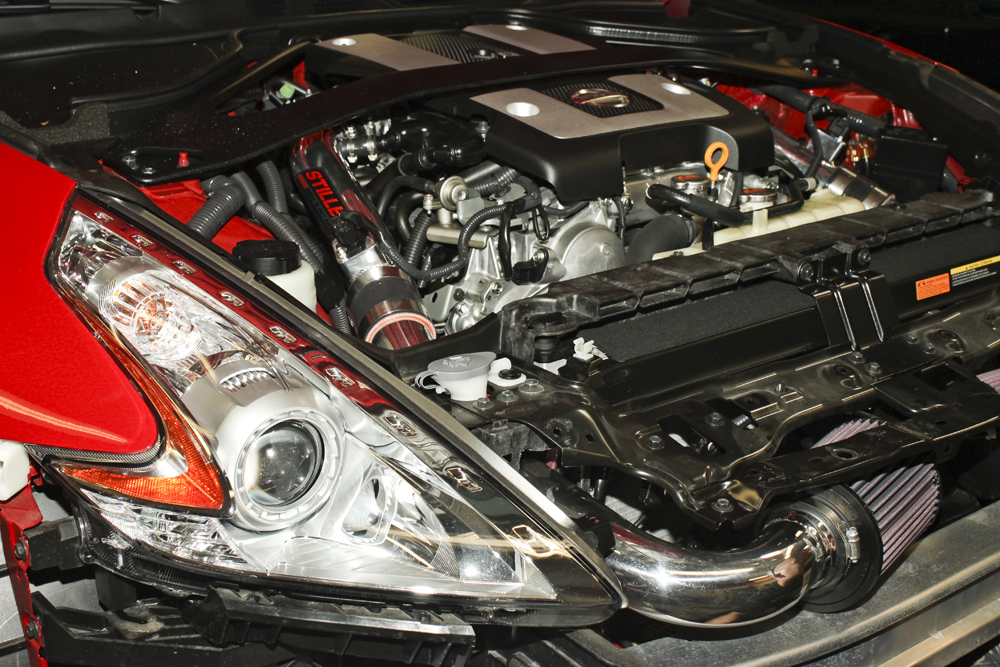
There are a number of benefits to a silicone tube. First, the cost of silicone is significantly less expensive than aluminum. There’s a lot of work that goes into an aluminum tube. Just the material cost alone and then all the labor to bend it, cut it, weld it, prepare it, polish it cost more. There’s quite a lot more cost than what goes into a silicone tube.
However, the downside with a silicone tube is that if the silicone tube is reduced to get through the front core support then that becomes a restriction. You have to modify that front core support and open it up to fit a 2.5″ tube in order to get sufficient airflow coming through in order to produce the power that you need. A silicone tube simply won’t give you the power that you need because it becomes a restriction unless you modify that front core support.
In addition to that silicone tubes, they’re significantly thicker than aluminum tube. So aluminum tubes can get away with 0.065 wall thickness, it’s a minimal wall thickness and much air volume as possible. When you go with a silicone tube it’s substantially thicker wall requires much more modification on the front core support in order to get it through without impeding the airflow.
The other disadvantage to a silicone intake tube is the fact that silicone is very flexible. Your engine is a vacuum pump, it sucks in air as hard as it can. So as you’re reaching full RPM and you have that air rushing through this intake tube and you’ve got this long stretch of open tube. The engine actually produces so much vacuum that it can actually suck the silicone shut. We’ve seen this on a number of different vehicles even some of them that come from the factory with rubber or silicone inlet tubes.
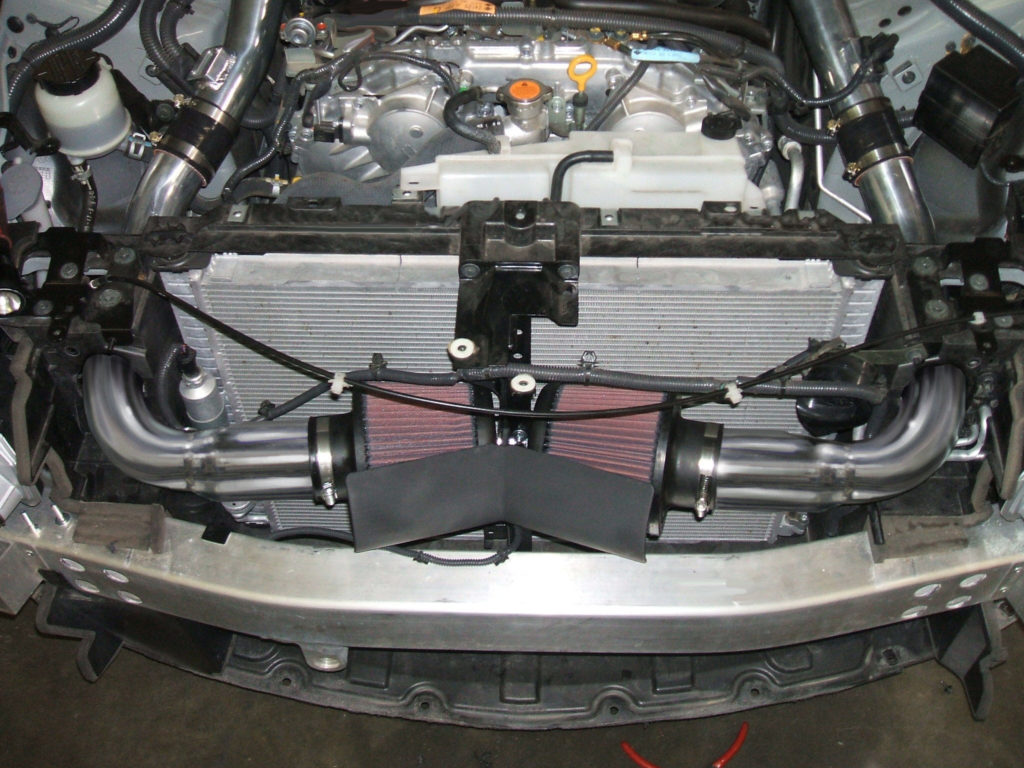
For that reason we felt that aluminum was going to be much more rigid, much more durable and was the ultimately the best choice to use. So those are just a few of the reasons why we chose the materials that we did and how we came up with the design for this intake system.
Final Thoughts on the Gen 3
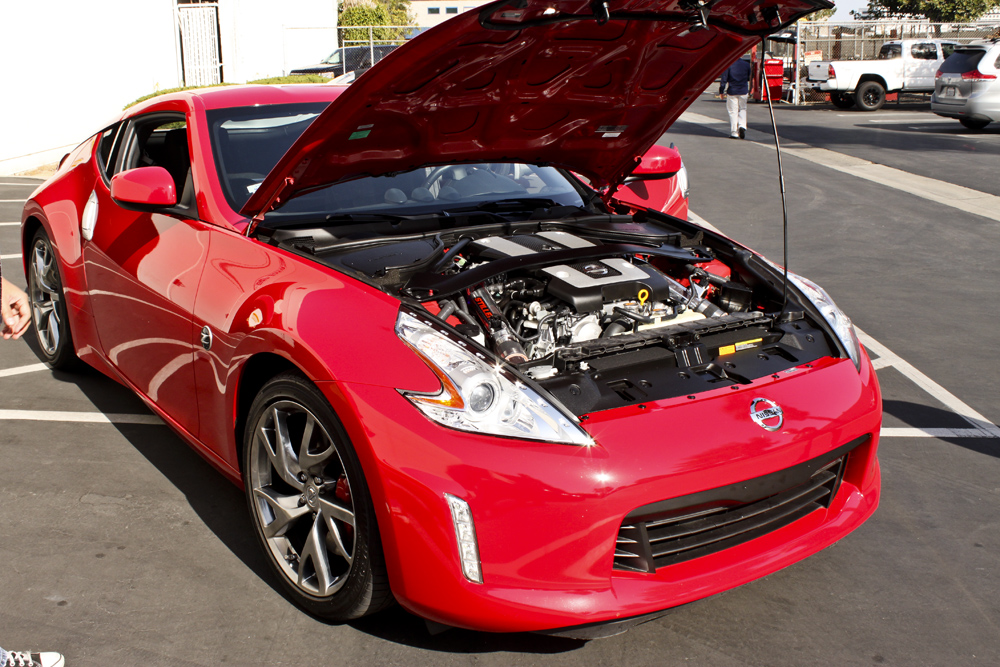
STILLEN went through 56 different prototypes. It was more than a year of engineering before finalizing the design of the Gen 3 intakes. To be able to bring the best cold air intake is something STILLEN is very proud of. That’s something we try to achieve with every single STILLEN product. The Gen 3 intake system has been the most popular intake on the market for Nissan/Infiniti for the last decade.
Featured Article
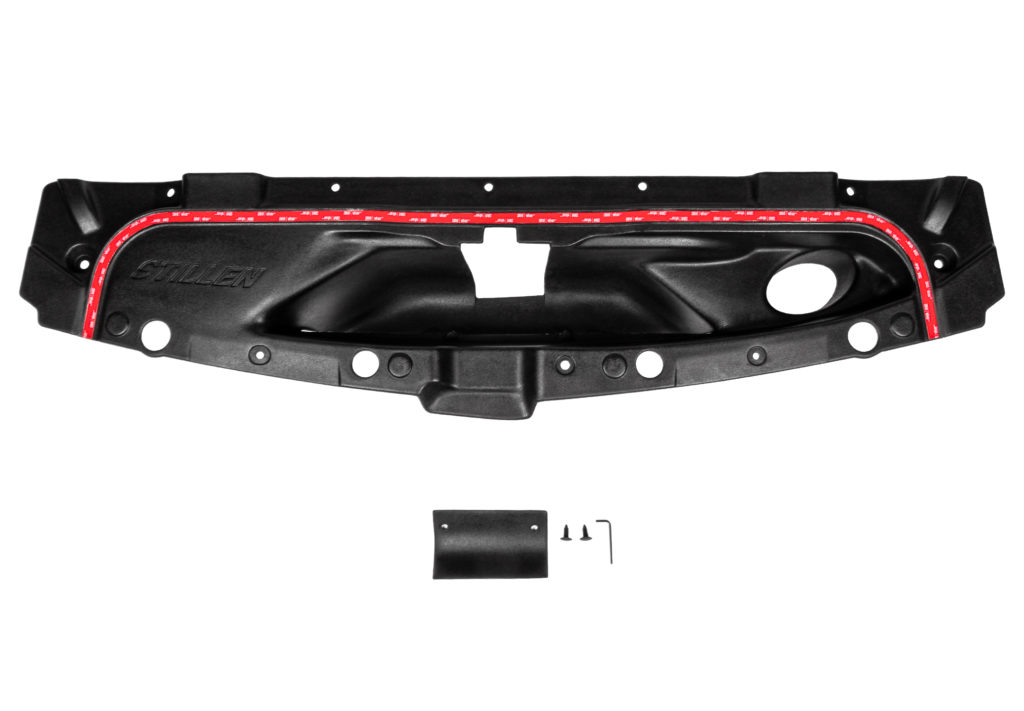
Chevrolet Silverado 1500 Trupower by STILLEN Cold Air Intake Scoop
The STILLEN design allows for the air to come directly into the intake system without being warmed by the radiator. The STILLEN intake scoop isn’t disrupted by the lattice type material in the radiator shroud. This design eliminates the pre-heating and the turbulence caused by the factory system.

STILLEN Toyota Tundra Cold Air Intake
With this particular air intake STILLEN has increased the volume of the air box while also increasing the flow. The increased flow comes from the radiator shroud inlet system. Which guides air through the vehicle’s core support and into the larger poly-ethylene airbox. This design lowers the intake air temperatures back to ambient more than 60 seconds before the factory intake system. Its far sooner than any other aftermarket intake available.


